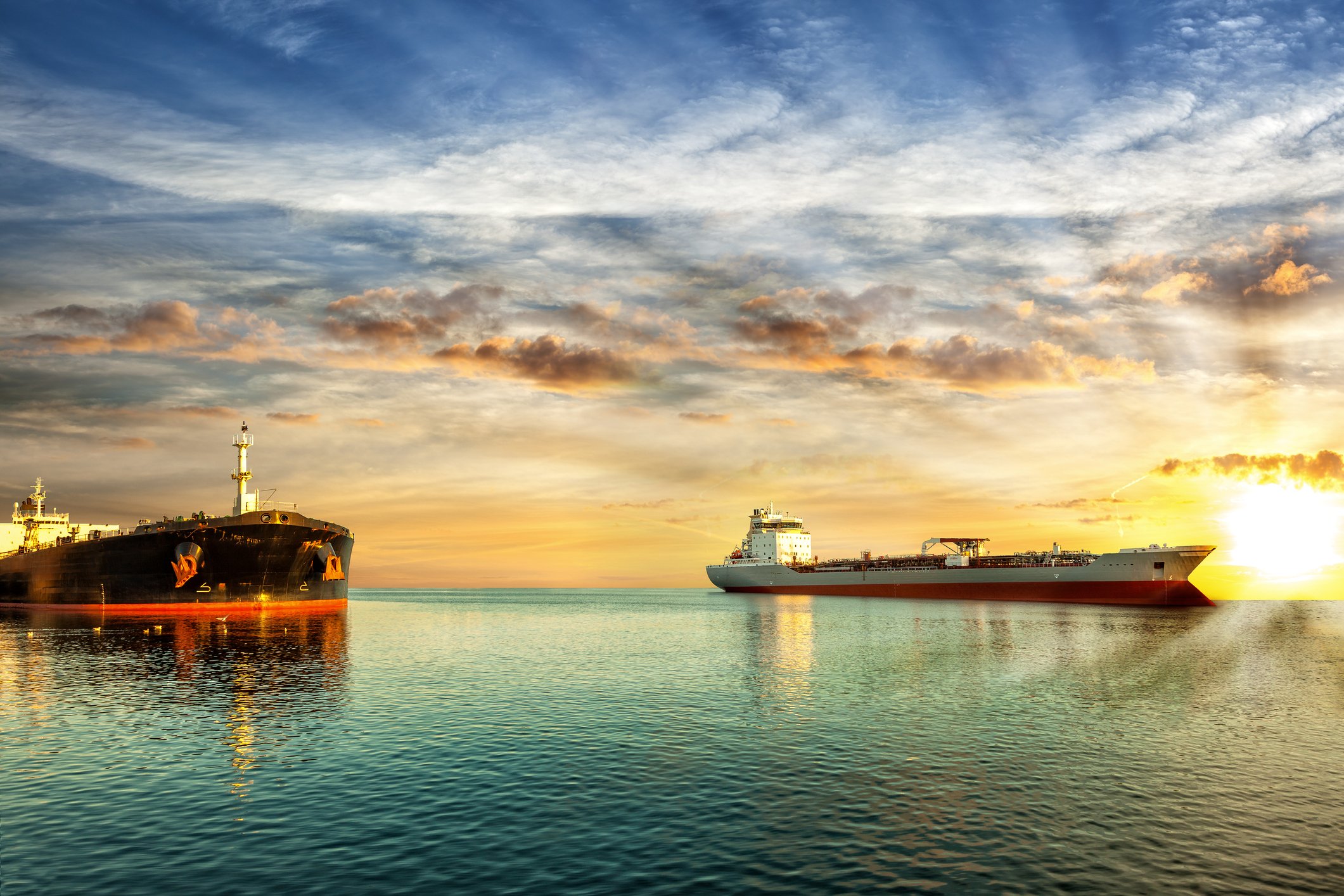
Iron ore factory. Source: Wikimedia Commons
DryShips (NASDAQ: DRYS) has been beating on this drum for months: Iron ore prices have been in a tailspin and the domino effect looks bullish for the dry shipping industry. On June 13, Morgan Stanley came out with a report that echoed exactly what George Economou, CEO of DryShips, has been saying all along.
Look out below!
In the report, Morgan Stanley dropped its estimate for iron ore prices to average $105 a ton this year compared to previous forecasts of $118 back in May and $135 last year. For 2015, even worse, as two analysts expect a further decline to an average of $90 per ton. That sounds like more than a temporary blip.
DryShips executives have been emphatic in various interviews, conference calls, and press releases saying that miners have been ramping up their production and it is going to crash iron ore prices. DryShips likewise believes the pressure on iron ore prices will continue for years to come.
Ordering up some ore
The DryShips theory is that cheap and plentiful iron ore orders would begin to accelerate in pace and then be shipped on the high seas to be delivered around the world, especially to China, which would desperately need the cheap iron ore. Much of China's own domestic mines would be forced to close due to such cheap market prices. This in turn would spark more iron ore shipping demand, higher shipping rates, and greater shipping profits.
The two Morgan Stanley analysts wrote, "As seaborne supply enters a period of vast expansion, cheaper tons will displace higher cost tons in China and elsewhere." That's what DryShips' Economou has been predicting. He's been a bit off on timing, but maybe he'll be redeemed shortly.
Of course, the year is half over, so $105 per ton "average" means $95 for the second half of the year, according to Morgan Stanley. The firm reiterated what DryShips has been saying -- many Chinese mines simply have operating costs higher than these estimated low prices. It's simply not worth spending $100 to extract $95 (or less) worth of product. It is cheaper to simply import ore.
So why are rates still depressed?
Expect to see shipping demand and rates pick up gradually over the next several weeks or months. Andrew Shaw, an analyst with Credit Suisse, pointed out that it will take some time for these high-cost Chinese mines to close unless the iron ore prices suddenly undershoot estimates and force faster closures.
DryShips executives have mentioned that most Capesize ships, the ships that carry iron ore, are already locked up in contracts. The remaining available ships for hire on the spot rate are in limited global supply. Once this supply is absorbed, which shouldn't take long by DryShips' reasoning, then the pendulum will swing upward in the other direction. For now, the pool of Capesize ships is in a state of "marginal oversupply." Even a small change where demand outweighs the rest of supply, could mean that rates may run multitudes from current levels as we have seen sometimes in years past including late 2013.
Foolish takeaway
The rapidly changing dynamics of the dry shipping market are exciting to watch. Changes can come seemingly out of left field. Investors should check out the daily rates and read the news on global iron ore supplies while watching this play out. If things work out as DryShips hopes, it could be a rags-to-riches story for the company, and a boon for industry in general.







